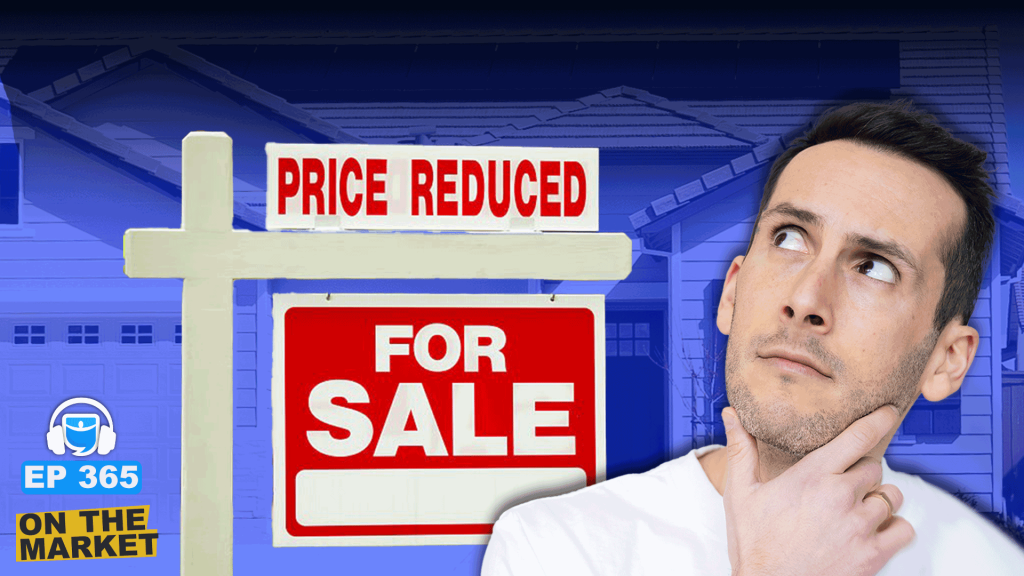Title: Prolonged Housing Correction: What to Expect in the Coming Years
The global housing market, after a period of unprecedented growth and soaring prices, is now experiencing a significant correction. Recent reports suggest this adjustment may not be a short-term blip, but a prolonged phase that could last for years. As economists and industry experts analyze current trends, various factors indicate that the housing correction will persist, reshaping the real estate landscape for the foreseeable future.
Understanding the Housing Correction
A housing correction refers to a decline in home prices following a prolonged period of market appreciation. This adjustment can occur due to various factors, including economic slowdowns, rising interest rates, changes in demand and supply dynamics, and broader financial instability. The ongoing correction reflects a realignment of home prices with actual market conditions, mitigating the risks of an unsustainable housing bubble.
Key Drivers of the Prolonged Correction
Several interrelated factors are contributing to the extended nature of the current housing correction:
-
Rising Interest Rates: Central banks worldwide have been gradually increasing interest rates to combat inflation and stabilize their economies. Higher interest rates lead to increased mortgage costs, reducing the purchasing power of potential homebuyers. This dampens demand and puts downward pressure on housing prices.
-
Economic Uncertainty: The global economic outlook remains uncertain, with factors such as geopolitical tensions, supply chain disruptions, and fluctuating energy prices influencing economic stability. This uncertainty impacts consumer confidence, prompting potential buyers to delay or reconsider their real estate investments.
-
Overvaluation in Key Markets: In the past decade, certain housing markets, especially in metropolitan areas, experienced rapid price increases driven by speculative investments and high demand. As prices became increasingly detached from income levels and economic fundamentals, a correction became inevitable to restore balance.
-
Shift in Housing Preferences: The COVID-19 pandemic has accelerated changes in housing preferences, with more people seeking remote work opportunities, suburban living, and larger spaces. This shift has altered demand patterns, potentially leading to imbalances in previously booming urban markets.
-
Increased Housing Supply: In response to high demand during the housing boom, many developers ramped up construction projects. As these projects are completed, the market is seeing an increase in housing supply. A surplus of homes, especially in saturated markets, can exacerbate price declines.
Implications of a Prolonged Correction
While the prospect of a prolonged correction may seem daunting, it also presents opportunities and challenges for different stakeholders:
-
Homebuyers: Prospective buyers may benefit from more affordable housing options and greater negotiating power. However, potential buyers should also be aware of the risks associated with buying in a volatile market.
-
Homeowners: Current homeowners might face reduced home equity and longer selling times. Those relying on home sales for financial flexibility may need to adjust their expectations and timelines.
-
Real Estate Industry: Real estate agents, developers, and investors will need to adapt to changing market conditions. This could involve focusing on emerging markets, diversifying portfolios, or exploring innovative housing concepts to meet evolving demand.
-
Policymakers: Governments and regulatory bodies may be prompted to implement measures to stabilize the housing market, such as offering incentives for first-time buyers, adjusting lending policies, or investing in affordable housing initiatives.
Looking Ahead
The housing correction underway is reshaping the real estate market on a global scale. As stakeholders navigate this complex landscape, adaptability and strategic foresight will be crucial. While challenges persist, the correction also offers a chance for the market to stabilize and realign with economic realities. Whether this period lasts for a few years or extends even longer, it emphasizes the importance of resilience and innovation in the housing sector.

